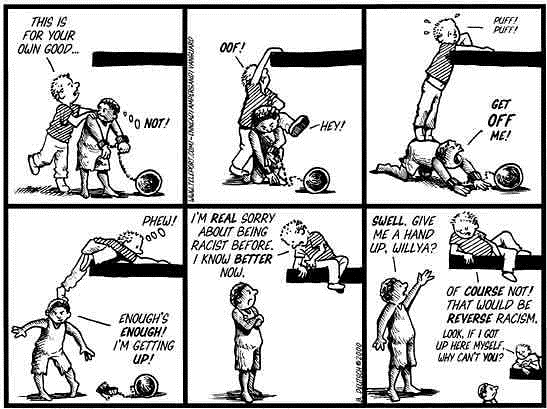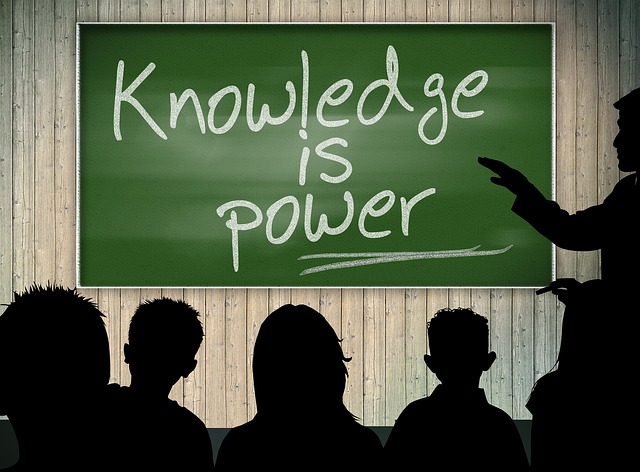Hyperlinks
The social class system in the readings of "Literacy with an attitude and "Tracking: Why Schools need to take Another Route" are discussed and what needs to happen in the school setting is a building point of both of these readings. The "uneven opportunities" as discussed by Oakes creates a society and a system where students who are not getting the best opportunity in the classroom will not get the best opportunity outside of it. People of higher class receive the great education that a great society gives to them and this allows them to seek further success in the future. Oakes stresses this point by talking about the gap and how power is being accumulated by those who have it and none by those who don't.
In Finn's article the social classes such as working class, middle class, and the upper class are all kept in check by the opportunities and the educational standards one receives. If you grow up and are taught in a working class school environment getting a great education is of the utmost concern but rather survival. The classes create this attitude and behavior and that same fact is stressed in the hyperlink above. The hyperlink article is from the Washington post and it describes how as a member of society you fit into a certain class and when you are a part of that class you most likely will follow it. This creates for lack of opportunity in lesser developed areas such as the working class to achieve higher educational standards and remove themselves from the hardships they face financially and to better prepare themselves for the future. Where these articles connect is the points about social class and that higher income families are more likely to have graduated from college and then have their kids graduate from college and this creates the power gap between working class and upper class.
Oakes talks about students having equal opportunity to learn and receive the best education possible. He asks "why students who are having difficulty learning receiving less of the "good teachers". I believe Oakes presents a great question here because its something so little that can have a major impact. A teacher is a teacher right? Not exactly for these students as they may be slower and don't learn as quick as some of the others and need great teaching to be successful. The hyperlink above talks about the same concern for students in that it provides insight into how neighborhoods and schools in areas that are much less developed financially and how the children are not able to reached desired success because of less opportunities relating to financial insecurities. The discrepancy is that students who are offered the low education continue to fall into low income jobs and low income neighborhoods while the rich students are offered a great education and land these great jobs where they are able to find plenty of success in life. With the separation and gap between these two classes the working class may never see an opportunity to grow and develop and that's what both Finn and Oakes try to explain.
Connection to other text: Both of these readings related very much to Kozol because of the opportunity aspect and how children who are born into a class are already determined to be in that class later in life. Also it relates to Kozol because the growing up in a certain culture where beliefs and attitudes are present creates that atmosphere. Kristof also relates to both of these articles because of the lack of opportunity and how the "better" classes receive the "better" opportunities.
Points to share/ Discuss: The opportunities one seems to get stems from where they come from in life. What if better and bigger opportunities were offered to students who came from less fortunate situations? would they be able to succeed?


